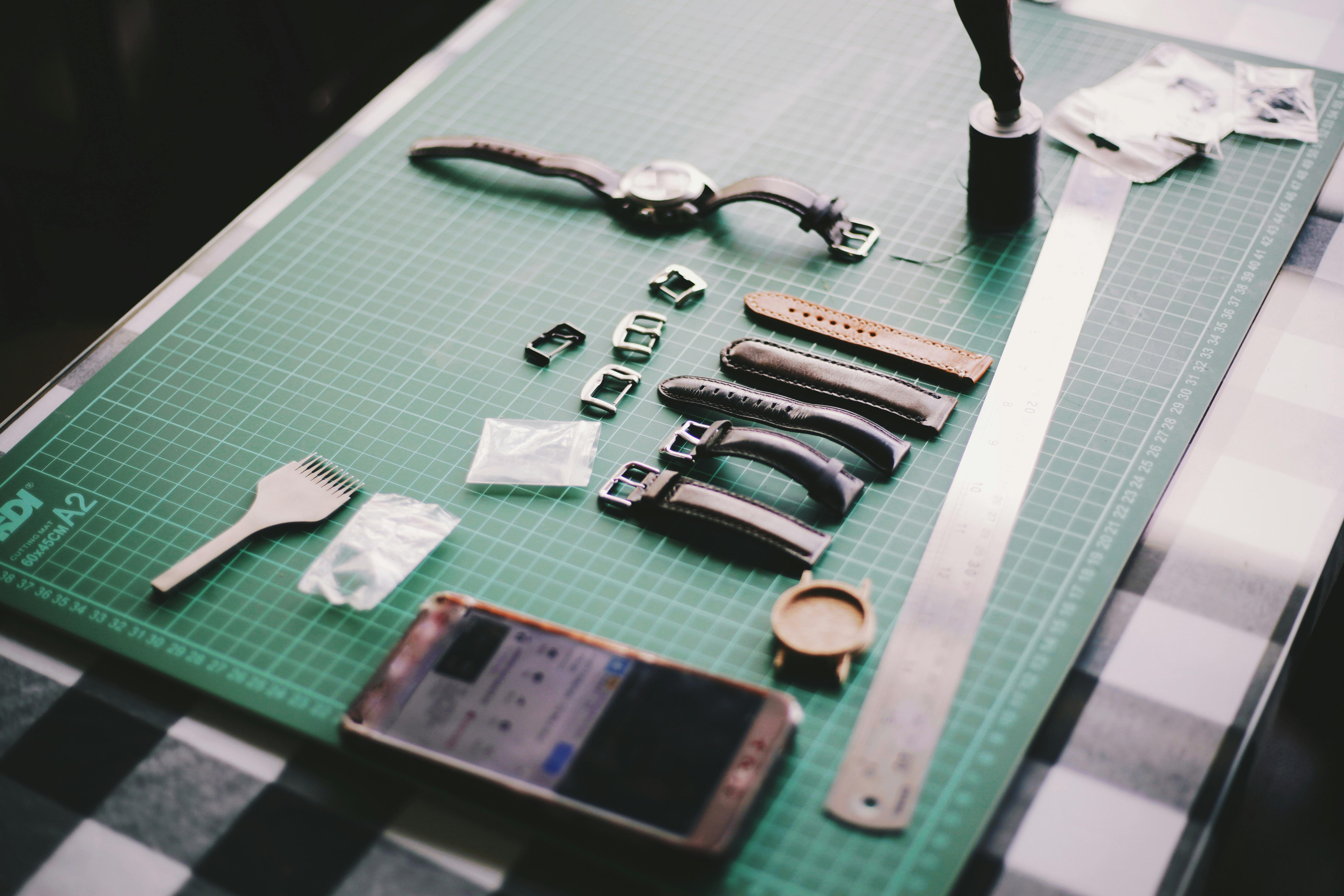Some children with cerebral palsy have difficulty or are unable to feed themselves. Some have trouble taking important medications. In these cases, parents may consider using a feeding tube to ensure that their child receives adequate nutrition.
Clearly, the decision to use a feeding tube requires the involvement of physicians and nutritionists. It may be that your child is not experiencing adequate caloric intake and is experiencing a lack of adequate weight gain. Even if their weight is within the prescribed spectrum, they may have deficiencies in the intake of certain vitamins.
If you are considering a feeding tube, your child’s doctor will be able to prescribe the most appropriate type. The tubes can be inserted through the nose, going into the stomach, or directly into the stomach wall. This will be done with the child under anesthesia, so the procedure must be painless.
Some of the types and terms you may want to familiarize yourself with:
G tube (gastrostomy tube): refers to a tube that is inserted through the abdomen into the stomach. It is mainly used when a long-term diet is planned.
PEG Tubes: PEG stands for “Percutaneous Endoscopic Gastrostomy.” It is a type of gastrostomy tube that is inserted endoscopically into the stomach.
Bard Buttons: Named for the company that makes them, a bard button is a G-tube with an external “button” that sits flush against the skin. An extension tube is attached to facilitate feeding.
Nasogastric (NG) tubes: a tube that is inserted through a nostril and passes through the esophagus into the stomach. Usually this is only used for short term needs. It does not require a surgical procedure to insert.
Nasojejunal (NJ) and Nasoduodenal (ND) tubes: These tubes are very similar to NG tubes, except that they eventually twist into the middle section of the small intestine (the jejunum) or the duodenum (the first part of the small intestine, a little beyond the stomach). These are for children who, for whatever reason, cannot tolerate stomach feeding.
If it is determined that your child will benefit from using one of these feeding tubes, the next step in the process is to work with the doctor and / or nutritionist to determine which type of formula will benefit him the most. There are both commercially made formulas and recipes to create your own at home.
The general term for the process of installing a feeding tube is known as a “gastrostomy.”
Stamm gastrostomy: Open surgical placement of a tube through an incision in the abdomen. The stomach is sutured to the peritoneum at the exact site.
Janeway Gastrostomy – Creation of a permanent gastric fistula using a laparoscopic procedure. Laparoscopic refers to a procedure that is a less invasive alternative to open surgery.
Percutaneous Endoscopic Gastrostomy (PEG): As mentioned above, this is considered a non-surgical method of inserting a feeding tube. The patient only needs mild sedation for this type of procedure.
Complications that sometimes arise from using a feeding tube include 1) accidental inhalation of the formula 2) suffocation 3) bacterial infections 4) organ rupture. These complications are somewhat rare and are generally the result of improper use or cleaning of the device, but they present sufficient risk to stimulate debate over whether children should be force-fed in this manner. Despite the risks, many children with cerebral palsy have benefited and thrived from improved nutritional intake. As long as a serious commitment is made to properly monitoring and maintaining whatever device is being used, you shouldn’t have a problem.


